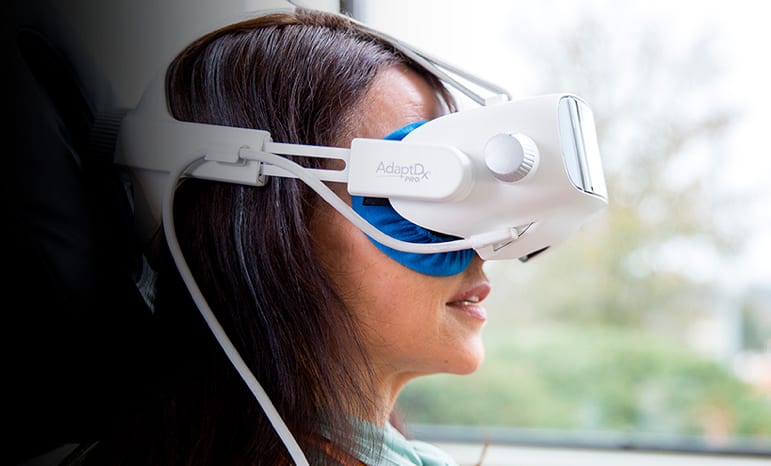Age brings a lot of blessings: experience, perspective, and wisdom. But sometimes, it also brings less pleasant results.
As we age, various parts of our bodies can start to break down. This isn’t necessarily a reason to despair! The more we know about the conditions associated with ageing, the more prepared we are to prevent them. This is particularly important with our eyes, as age makes us vulnerable to a number of eye diseases, including age-related macular degeneration.
Age-Related Macular Degeneration is an eye disease common in seniors. This occurs when something blocks the macula (the part of the retina responsible for central vision), creating shadowy areas or blind spots in the patient’s field of vision.
Left undiagnosed or untreated, AMD can progress to the point that it results in significant vision loss. In fact, according to the Canadian National Institute for the Blind, AMD is the world’s leading cause of blindness, affecting around 1 million Canadians.
There are two forms of AMD, each describing how the macula is being blocked.
The dry form of AMD is the more common of the two, affecting roughly 90% of AMD sufferers. Dry form AMD occurs when small yellow deposits called drusen start to collect around the macula, blocking out light and preventing proper vision.
Initially, dry form AMD affects colour vision and clarity, however, over a long period of time, it can result in profound vision loss.
Although wet form AMD is relatively rare, it also tends to be much faster moving and serious than its dry counterpart. When blood vessels in and around the retina start to age, they can become weak and bleed into the eye. This bleeding can obstruct vision.
Sometimes, the eye will try to repair itself, growing new and irregular blood vessels. Often, these blood vessels leak as well, leading to potentially vision-threatening scarring.
For the most part, AMD is asymptomatic. The disease tends to progress so slowly and painlessly that the patient does not notice anything out of the ordinary until their eyes have already sustained significant damage. The most people usually notice is a small amount of blurring or distortion in the middle of their field of vision.
The MP-eye assesses the amount of macular pigment you have in your eyes. These pigments are crucial to protecting your retina by absorbing high-energy visible light and serving as an antioxidant.
People with low macular pigment density are more susceptible to developing age-related macular degeneration due to a lack of protection.
Your retina contains millions of cells called rods and cones that help you perceive shape and colour. Rods help you see in the dark. These cells are responsible for determining how your eyes adapt from light to dark, and are often the first cells affected by AMD.
AdaptDX measures how many minutes it takes for your eyes to adapt from light to dark. This tests produces your Rod Intercept number, which helps us determine whether you have AMD and what we can do to help.

There is no cure for age-related macular degeneration. There are, however, a number of treatments that, if administered early enough, can help slow the progression of the disease and limit loss of vision. Our optometrists are happy to discuss all your treatment options with you.
Because AMD doesn’t usually show any symptoms, having your eyes examined every year is the best way to catch the disease before it causes irreparable vision loss. Book your eye exam with us today.
